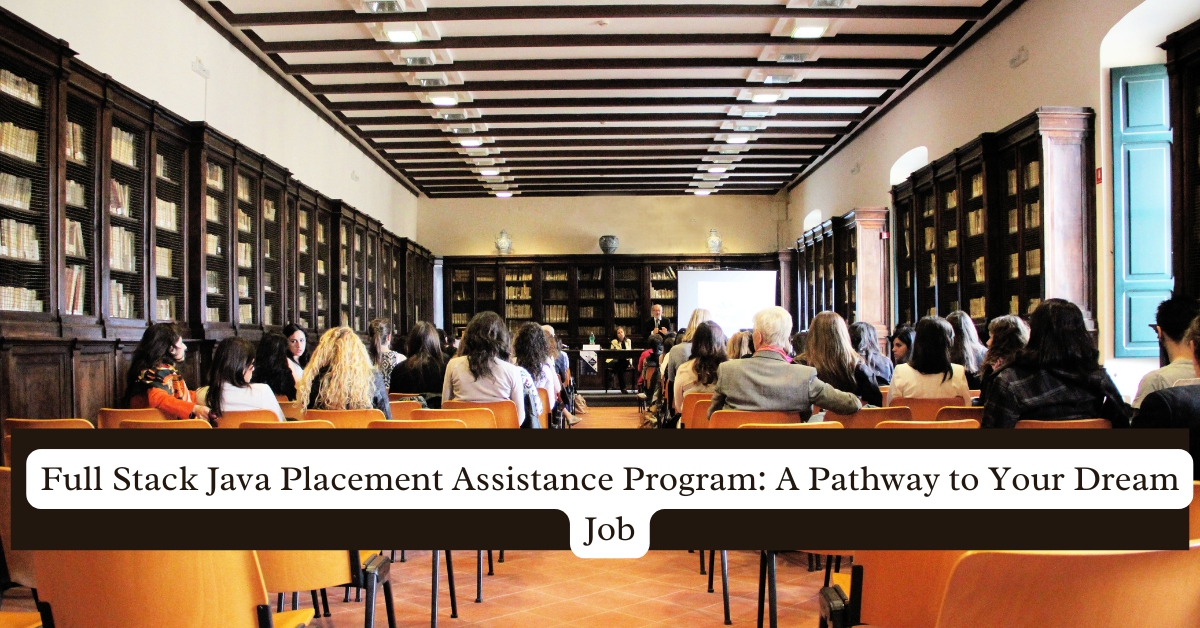In today’s fast-evolving digital landscape, Full Stack Data Science & AI represents the pinnacle of data-driven innovation. This comprehensive approach combines the technical prowess of full-stack development with the analytical depth of data science and the transformative power of artificial intelligence (AI). It’s a field that not only covers the entire data pipeline but also integrates AI to drive smarter, faster, and more efficient decision-making processes.
What is Full Stack Data Science & AI?
Full Stack Data Science & AI is a holistic approach to managing data, from collection to analysis, and ultimately to actionable insights. Unlike traditional data science, which might focus on specific aspects like data analysis or machine learning, Full Stack Data Science encompasses the entire workflow. This includes data wrangling, database management, model development, and deployment, all while ensuring seamless integration with front-end applications.
In essence, a full-stack data scientist is not just a coder or a statistician; they are a versatile professional who can handle everything from backend data engineering to front-end data visualization, and even the deployment of AI models in production environments.
Key Components and Skills
To excel in Full Stack Data Science & AI, professionals need to master a wide array of skills:
- Technical Skills: Proficiency in programming languages like Python and R is essential. Understanding big data tools such as Hadoop, Spark, and databases like SQL is equally important. Additionally, knowledge of AI frameworks like TensorFlow and PyTorch, along with data visualization tools like Tableau and Power BI, is crucial
- Soft Skills: Problem-solving, communication, and project management are key. Full-stack data scientists often work cross-functionally, translating complex data insights into business strategies that can be understood by non-technical stakeholders
- AI Integration: AI is at the heart of modern data science. With trends like Generative AI, multimodal AI, and edge intelligence gaining traction, understanding how to implement these technologies is critical. These advancements allow for more nuanced and powerful applications, such as predictive analytics in healthcare or real-time customer behavior analysis in e-commerce
Applications Across Industries
The applications of Full Stack Data Science & AI are vast and varied:
- Healthcare: Predicting disease outbreaks, improving patient care through AI-driven diagnostics, and optimizing hospital operations are just a few examples of how data science and AI are transforming healthcare
- Finance: Detecting fraudulent activities, forecasting stock prices, and automating trading strategies using machine learning models are revolutionizing the finance industry
- Marketing: Understanding consumer behavior, optimizing campaigns through AI-driven insights, and predicting market trends are critical for maintaining a competitive edge
- Transportation: From optimizing delivery routes to predicting traffic patterns, AI and data science are making transportation systems smarter and more efficient
Future Trends in Full Stack Data Science & AI
Looking ahead, several trends are set to shape the future of this field:
- Generative AI: As businesses strive to stay ahead, the ability to generate new data, such as synthetic data for training models, will become increasingly important
- AI Legislation: With the rise of AI, tighter regulations and ethical considerations will play a significant role in how AI is deployed, especially in sensitive areas like healthcare and finance.
- Edge Computing: As more data is generated at the edge (e.g., IoT devices), the ability to process and analyze this data locally, without relying on centralized data centers, will be a game-changer.
Challenges and Opportunities
While the opportunities in Full Stack Data Science & AI are immense, challenges do exist. The rapid pace of technological change means that continuous learning is a must. Additionally, the complexity of integrating AI with existing systems can be daunting, requiring a deep understanding of both the technical and business aspects.
However, those who can master these challenges will find themselves at the forefront of a data revolution that is transforming industries and creating new opportunities for innovation.
FAQs
1. What is the difference between traditional data science and Full Stack Data Science?
Traditional data science typically focuses on specific tasks like data analysis or machine learning, while Full Stack Data Science covers the entire data pipeline, from data collection to AI model deployment.
2. Why is AI integration important in Full Stack Data Science?
AI integration allows for smarter, more efficient decision-making processes, enabling real-time analytics and predictive insights that are crucial for modern businesses.
3. What industries benefit most from Full Stack Data Science & AI?
Industries like healthcare, finance, marketing, and transportation are leading the way in adopting Full Stack Data Science & AI due to the significant benefits in efficiency, accuracy, and innovation.
4. What are the key skills needed for a career in Full Stack Data Science & AI?
A strong foundation in programming, big data tools, AI frameworks, data visualization, and soft skills like communication and problem-solving are essential.
5. What future trends should Full Stack Data Scientists be aware of?
Trends like Generative AI, edge computing, and the increasing importance of AI legislation are shaping the future of the field.
This comprehensive approach to Full Stack Data Science & AI not only equips you with the skills needed to succeed in today’s job market but also positions you to lead the innovations of tomorrow.




